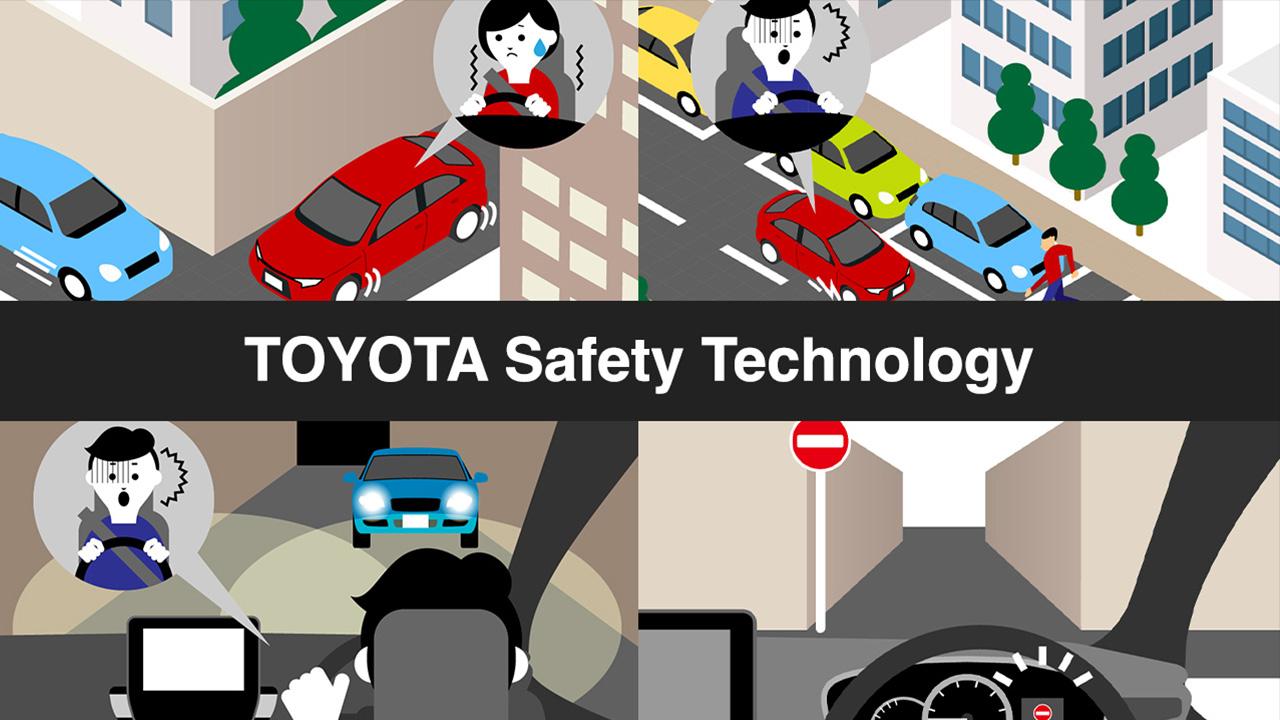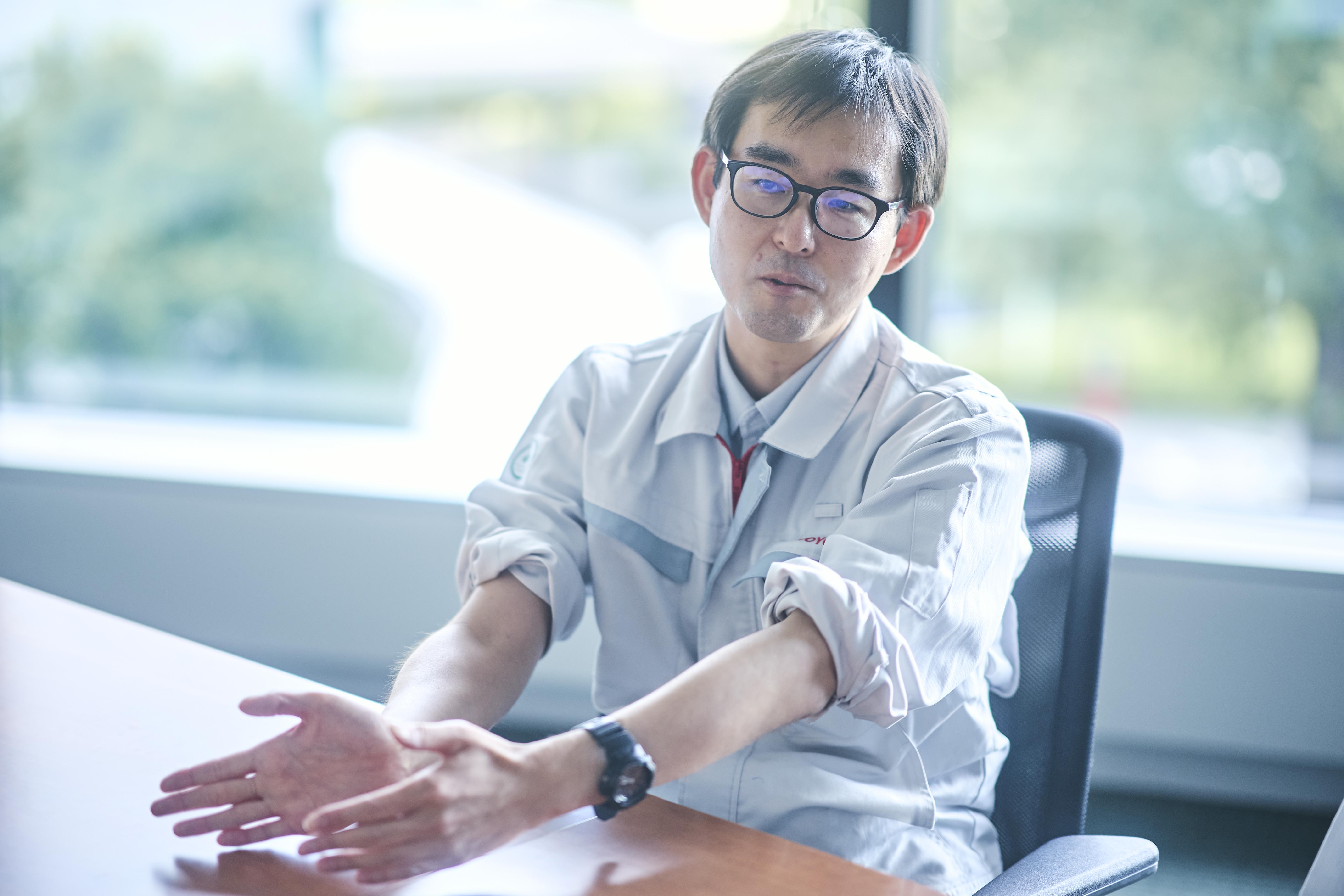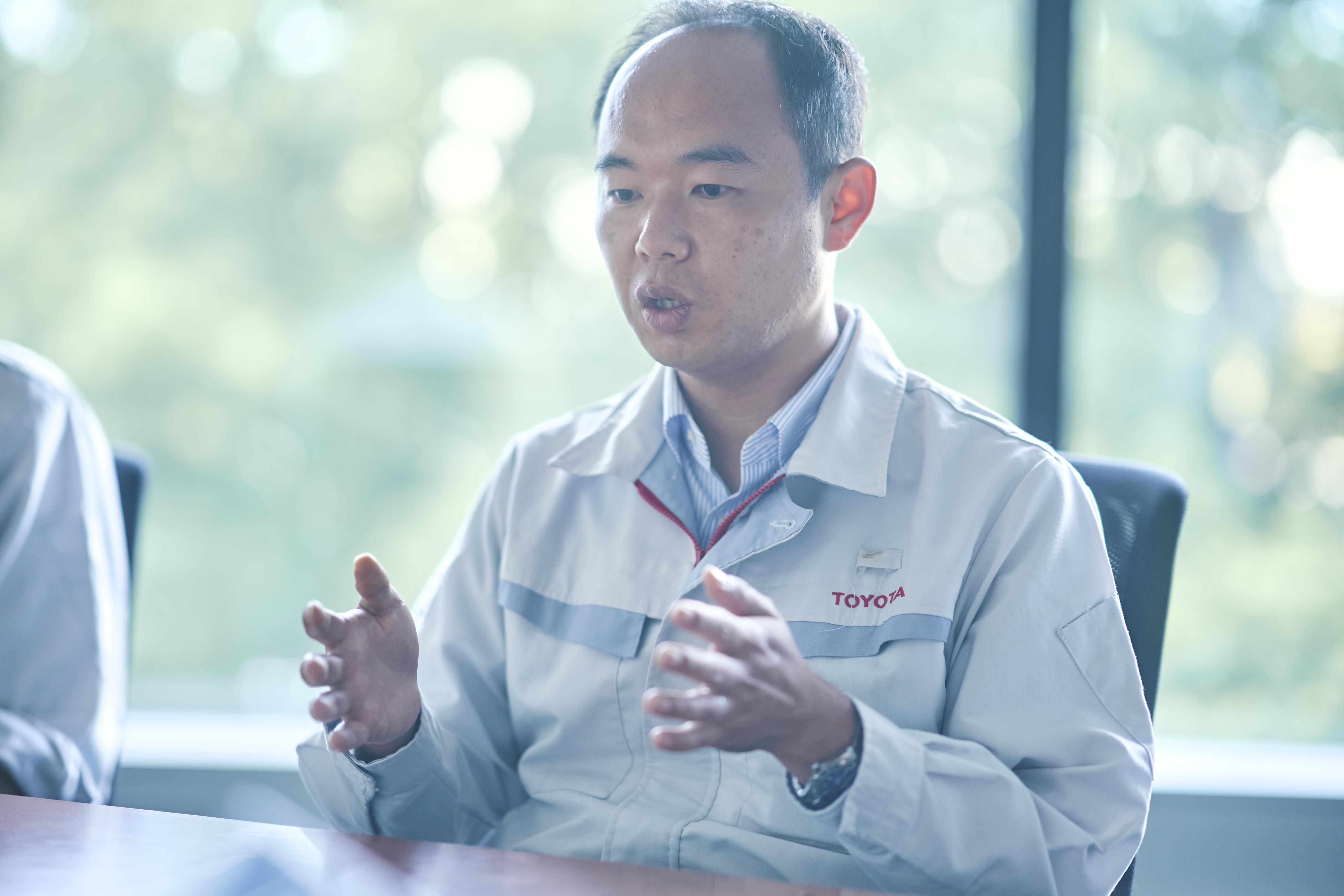
Toyota Safety Sense is the company's cutting-edge package of active safety technologies. A close look at the engineering efforts and vision behind its birth and evolution.
[PDA] Supporting defensive driving
With the Noah/Voxy released in 2022, Toyota introduced the brand’s third-generation TSS, which expanded the original three main functions to more than ten.
One of the newly added features is Proactive Driving Assist (PDA).
Since its rollout, PDA has been continually expanded, and now comprises three driving aids. First, it senses pedestrians or cyclists ahead of the car and steers to avoid getting close, or slowing down at crossings. Second, it provides continuous steering assistance when driving within a lane. And third, PDA keeps a safe distance from the cars ahead and slows down when turning at traffic lights.
Together, these were intended to provide subtle, gentle support.
As part of efforts to reach zero traffic accident casualties, Toyota has continued to develop features that help avoid collisions through emergency braking. Yet the fact is that accidents continue to happen.

Group Manager Kazuyuki Fujita (Advanced Safety Technology Development Div., System Development Dept. No.5) works on the PDA technology that avoids getting too close to pedestrians and other hazards. He explained the development objectives: “Generally, drivers don’t wait until they’re in danger before putting on the brakes. They practice so-called ‘defensive driving,’ anticipating the hazards that might lie ahead and perhaps slowing down in advance to avoid them. Our aim was to devise ways for the car to support such driving.”
[PDA] Working together
The support, however, must not be so subtle as to become meaningless, nor overly intrusive to the point of annoying drivers.
For the continuous in-lane steering assistance feature, the development team also enlisted the help of the Advanced Technical Skills Institute Division. With input from expert drivers well-versed in the world’s roads, they explored numerous driving patterns. Toyota’s engineers continued to discuss and refine the feature, seeking to offer standardized support that minimizes the impact of individual driving styles.
They identified common driving patterns that cause uncertainty and stress for inexperienced drivers. Project Manager Takeshi Hamaguchi (Automated Driving Technology Development Div., System Development Dept. No. 2) recalled the development process that aimed to support these situations.
Hamaguchi

During development, we identified and examined various driving patterns.
What we learned is that, if we divide people into two groups—novice drivers and skilled drivers—support that helps individuals become like skilled drivers is, for the most part, accepted.
We found that individual differences stemmed from (driving style) preferences among skilled drivers, enabling us to benefit many even with standardized support.
The assistance provided by PDA helps put beginner and inexperienced drivers at ease, resulting in greater composure and fewer accidents. Instead of focusing attention solely on emergency situations, Toyota is developing technologies to support safety in regular driving.
Group Manager Kohei Tochigi (Automated Driving Technology Development Div., System Development Dept. No. 3) has worked on the deceleration assist that helps cars approach intersections. He notes that many Toyota colleagues collaborated on the development.
The technology was test-driven by over 100 people of various ages and genders, both in Japan and abroad. Feedback came not only from engineers, but also sales and other administrative roles, along with dealership employees.

“Some told us the assistance was too subtle, and they wanted more, while others felt (the support) was a bit heavy-handed,” recalls Tochigi. “Based on comments from the various people who drove for us, we figured out the extent of deceleration that would feel pleasing rather than intrusive. In the end, the decisions were made not just on data, but by hearing from those who got behind the wheel.”
Though PDA has just been released, Fujita, Hamaguchi, and Tochigi are unanimously committed to further improvement backed by customer input.
Safety technology that caters to every driver
Toyota’s engineers continue to put driver safety foremost in their development efforts. Though working on different features, they all strive to cater to every individual driver.
“Safety technology that ignores the driver is completely meaningless,” says Ikeda. “I think (Toyota’s safety technologies) should analyze driver behavior and aim to provide optimal assistance based on their surrounding environment, thereby reducing accidents.”
These efforts have already borne fruit. In May, the TSS 3.0-equipped Noah/Voxy received the highest vehicle assessment rank of five stars, also earning public recognition for its active safety and collision safety performance.
Staying with Toyota’s three-pronged approach to safety, our next article focuses on the human element, delving into driving courses and awareness-raising activities.

